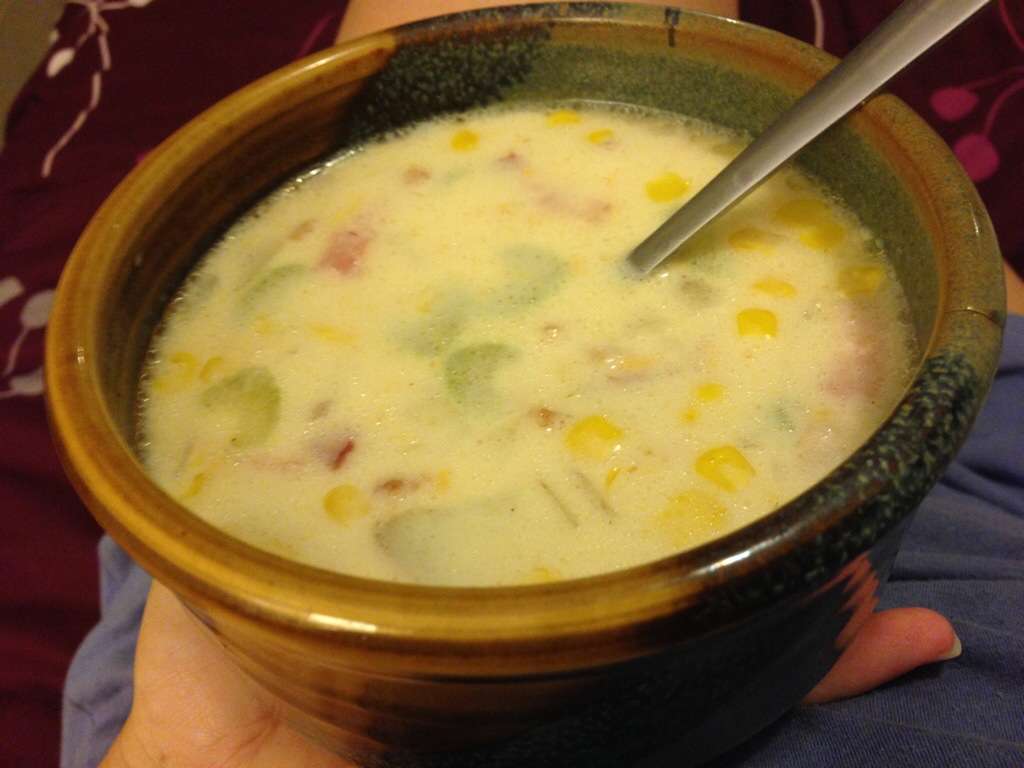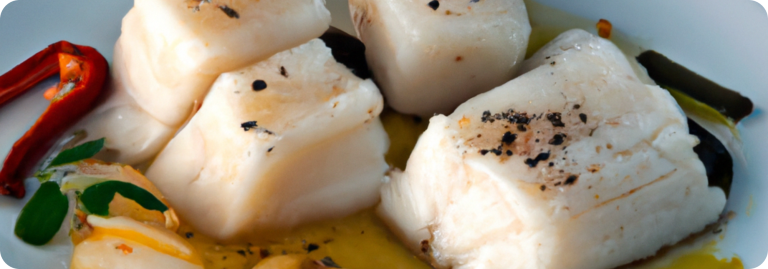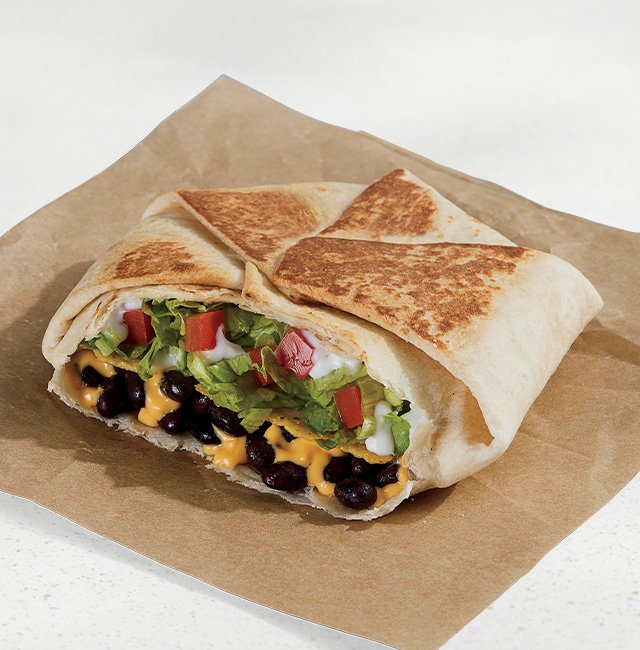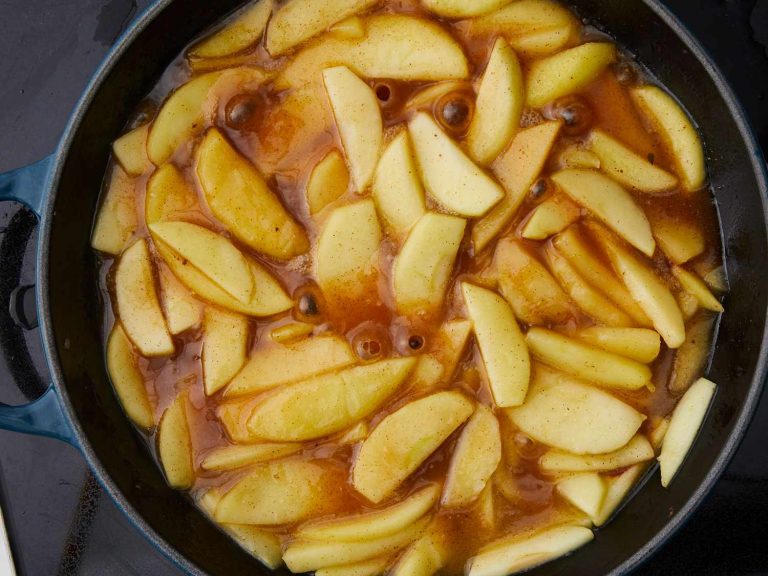Grandma’s Corn Chowder: A Nostalgic Recipe Filled with Flavor and History
Grandma’s corn chowder has a rich history, reflecting culinary traditions passed down through generations. Its origins date back to rural homesteads where families relied on hearty, accessible ingredients. Corn, a staple crop in many regions, played a crucial role in sustaining families. Chowder recipes often marked special occasions and gatherings, providing warmth and nourishment.
Key Ingredients
Key ingredients include sweet corn, potatoes, and milk. Sweet corn brings natural sweetness and texture. Potatoes add heartiness and serve as a thickening agent. Milk, often combined with cream, imparts a rich, smooth consistency. Additional components like onions, celery, and spices enhance the flavor profile. Bacon or ham sometimes offer a savory depth, making each bowl unique.
How to Make Grandma’s Corn Chowder
Step-by-Step Recipe
- Gather Ingredients
- Collect 4 cups of fresh or frozen corn, 3 cups of diced potatoes, 1 cup of chopped onions, 1 cup of chopped celery, 4 cups of milk, 2 cups of chicken or vegetable broth, 4 tablespoons of butter, salt, and pepper.
- Prepare Vegetables
- Chop onions and celery into small pieces. Dice potatoes into 1/2-inch cubes.
- Cook Base
- Melt butter in a large pot over medium heat. Sauté onions and celery until they become translucent. It typically takes about 5 minutes.
- Add Potatoes and Broth
- Stir in diced potatoes and chicken or vegetable broth. Bring the mixture to a boil, then reduce to a simmer. Cook until potatoes are tender, around 15 minutes.
- Incorporate Corn and Milk
- Add corn and milk to the pot. Heat gently until the chowder is hot, ensuring it doesn’t boil. Season with salt and pepper to taste.
- Simmer and Serve
- Let the chowder simmer for an additional 10 minutes to blend the flavors. Serve hot, optionally garnishing with chopped parsley or crispy bacon pieces.
- Choose Fresh Corn
- Use fresh corn if available. It adds a natural sweetness and better texture compared to frozen or canned corn.
- Consistent Dicing
- Ensure all vegetable pieces are evenly diced, especially potatoes. This helps in cooking them uniformly.
- Avoid Overcooking Milk
- Heat the milk slowly to prevent it from boiling and curdling. Maintain a gentle simmer.
- Enhance with Spices
- Add a pinch of nutmeg or a bay leaf while simmering for a subtle depth of flavor.
- Thicken Chowder
- For a thicker texture, mash a few pieces of cooked potatoes into the chowder or add a tablespoon of cornstarch mixed with cold water.
Follow these steps and tips for a creamy, hearty corn chowder reminiscent of Grandma’s traditional recipe. Enjoy every comforting spoonful.
Health Benefits of Corn Chowder
Nutritional Content
Corn chowder, particularly Grandma’s recipe, offers a range of essential nutrients. Sweet corn, the main ingredient, provides vitamins B and C, folate, and fiber. Potatoes contribute complex carbohydrates, vitamins C and B6, and potassium. Milk adds calcium, protein, and vitamin D. Together, these ingredients support energy production, immune function, and bone health. Additionally, corn chowder’s moderate caloric content makes it a satisfying but not overly indulgent option for meals.
Dietary Considerations
Corn chowder fits various dietary preferences and restrictions when adjustments are made. For lactose intolerance, consider using lactose-free milk or plant-based alternatives like almond or soy milk. Gluten-free versions are achievable by using gluten-free thickening agents such as cornstarch. Incorporate additional vegetables like bell peppers or carrots for extra fiber and vitamins, enhancing the dish’s nutritional profile. This adaptability makes Grandma’s corn chowder a versatile and inclusive meal option while maintaining its comforting essence.
Variations of the Classic Recipe
Regional Twists
Different regions have unique takes on Grandma’s corn chowder. In New England, you’ll find a blend of fresh clams and corn, creating a hearty clam corn chowder rich in seafood flavor. For a Southwestern spin, add green chilies, cumin, and smoked paprika to give the chowder a spicy kick. The Midwest enjoys a meatier version by incorporating bacon or ham, enhancing the chowder’s smoky profile. Each regional twist retains the essence of the classic recipe while reflecting local tastes and ingredients.
Vegan and Vegetarian Alternatives
You can easily adapt Grandma’s corn chowder to suit vegan and vegetarian diets. Replace dairy milk with almond or coconut milk to maintain creaminess. Instead of bacon, use smoked paprika or liquid smoke for that smoky flavor. Add extra vegetables like bell peppers and spinach to boost nutritional value. Use vegetable broth in place of chicken broth for a deeper flavor profile. These alternatives ensure everyone enjoys the comforting taste of Grandma’s corn chowder.
Comparison With Other Chowder Varieties
Flavor and Texture Differences
Grandma’s corn chowder stands out for its sweet, creamy profile. You get the natural sweetness from corn kernels, balanced by the savory essence of potatoes and milk. The texture is often thick and velvety.
In contrast, clam chowder, particularly the New England variety, features a briny flavor from fresh clams. The texture includes tender pieces of clam and often a thicker broth due to added heavy cream and roux. Manhattan clam chowder, another variant, offers a tomato-based broth with a lighter consistency and more acidity from tomatoes.
Seafood chowders, including fish and crab chowder, deliver a prominent seafood essence with a lighter, more watery broth compared to corn chowder. The texture usually incorporates chunks of seafood, making it less creamy but more protein-rich.
Popularity and Availability
Grandma’s corn chowder enjoys regional popularity, particularly in the Midwest and rural areas where fresh corn is abundant. Home cooks often prefer this variety for its simplicity and ability to highlight fresh, local produce.
Clam chowder, especially New England’s version, enjoys widespread popularity along the East Coast. It’s a staple in many seafood restaurants and a common menu item in coastal regions. Manhattan clam chowder is more frequently found in New York and surrounding areas.
Seafood chowders like fish and crab chowder are popular in coastal states where fresh seafood is easily accessible. These varieties, while delicious, are often more expensive and less commonly found in inland regions.
Commercial availability also differs. You can find canned versions of corn chowder, though they lag behind the popularity of clam chowder. Seafood chowders may appear in gourmet or specialty stores, reflecting their premium ingredients and less frequent consumption.
Conclusion
Grandma’s corn chowder isn’t just a meal; it’s a nostalgic journey that brings warmth and comfort to your table. Its sweet, creamy profile sets it apart from other chowder varieties, making it a beloved staple in many households. Whether you stick to the traditional recipe or explore variations like clam corn chowder or a spicy Southwestern twist, there’s a version for every palate. The rich history and versatility of corn chowder ensure it remains a cherished dish across generations. So, gather your ingredients and create your own pot of this timeless classic.





